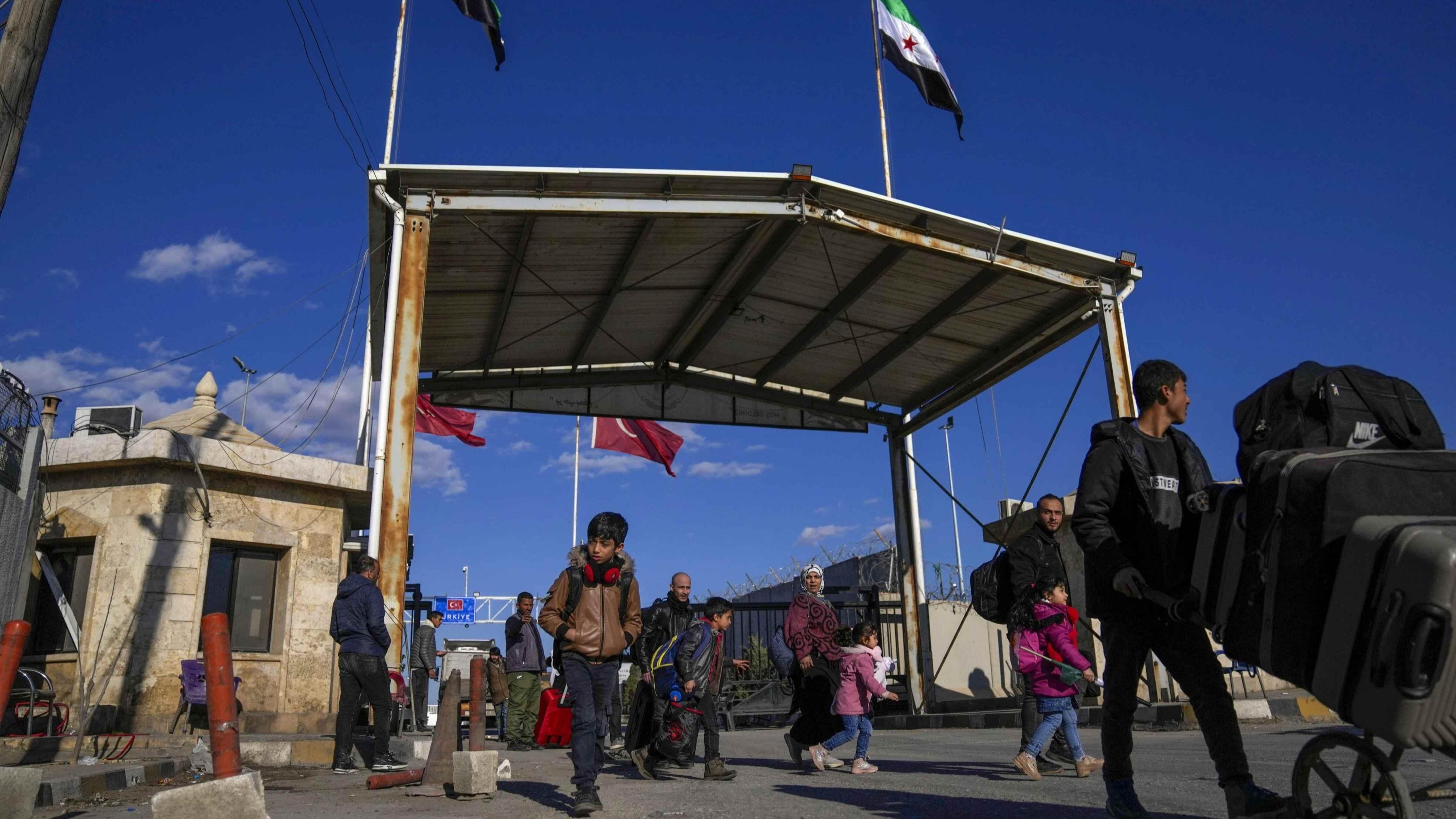Connected lending for dummies
Turkish daily Sabah, which has graced a couple of my recent columns, has rekindled an old debate by questioning the link between the main opposition Republican People’s Party, or CHP, and İşbank, Turkey’s largest bank.
As
İşbank notes
on its web site, the CHP is “the testamentary heir to the shares initially
held by Mustafa
Kemal Atatürk”, who is
the founder of not only modern Turkey but also of the bank. It enjoys only
voting rights for its İşbank holdings, as share dividends go to the Turkish
Linguistic and Historical Societies.
I will not delve into all the claims made by Sabah, and more recently by the ruling Justice and Development Party, such as whether the CHP’s ownership is unconstitutional or whether the party is controlling kids’ minds (no kidding!) with the children’s books published by the bank’s publishing house. After all, I am an expert in neither constitutional law nor conspiracy theories.
As an economist, I was more interested in the allegations that, through its board seats at İşbank, the CHP had forced the bank to extend loans for political gains to the party, what economists call connected lending.
Sabah’s economy chief might call into question my credentials as an economics columnist, given that I don’t know the meaning of his cryptic formula (((((a/b)/c)+d)^e)*b), which is apparently his standard for judging members of my profession. However, I can surely run regressions, and using the Fintürk banking database, I looked into the claims of connected lending.
If they were true, I would expect loans by the bank to go up before elections, especially in provinces where the CHP was not doing well. We don’t see that effect at all, either in the 2011 general or 2009 local elections. But the economy was contracting significantly around the 2009 elections, so it is necessary to compare İşbank to other banks.
Therefore, I calculated credit growth before the two elections in each of Turkey’s provinces for all Turkish banks. Then, I used different variables to explain the variation in lending growth between provinces and banks, using what economists call dummy variables. The İşbank dummy was of the wrong sign and insignificant, meaning that statistics could not prove connected lending. However, a couple of state banks had rather significant dummies, so I turned around the study to look at them.
Bank dummies were large for two state banks, meaning that these two seemed to have extended loans more than sector averages before the two elections, especially in provinces where the AKP CHP vote differential ended up being less than national averages. These findings fit well with Ziraat’s CEO noting, with pride, at a conference in July 2009 that they had not cut lending like private banks.
Of course, these are the very rough first results of an all-nighter, whereas a rigorous statistical study would require much more work. But they are also very easy to replicate, as I detail my methodology over at my blog, and I am sure it would be a walk in the park for someone who is so at ease with algebra.
It is remarkable that I stumbled upon these results through a dummy. And I am not talking about the variables in my regressions.










